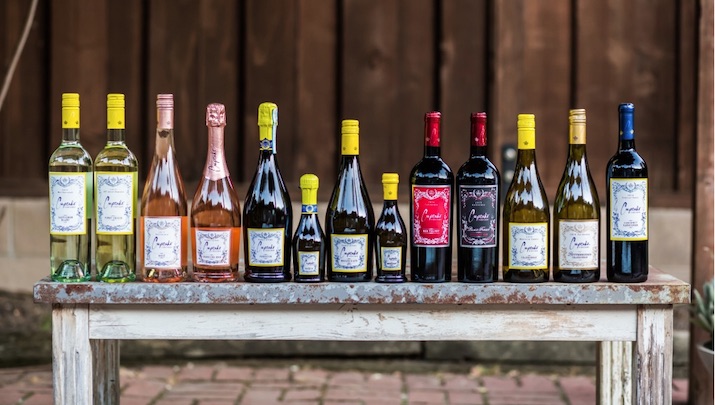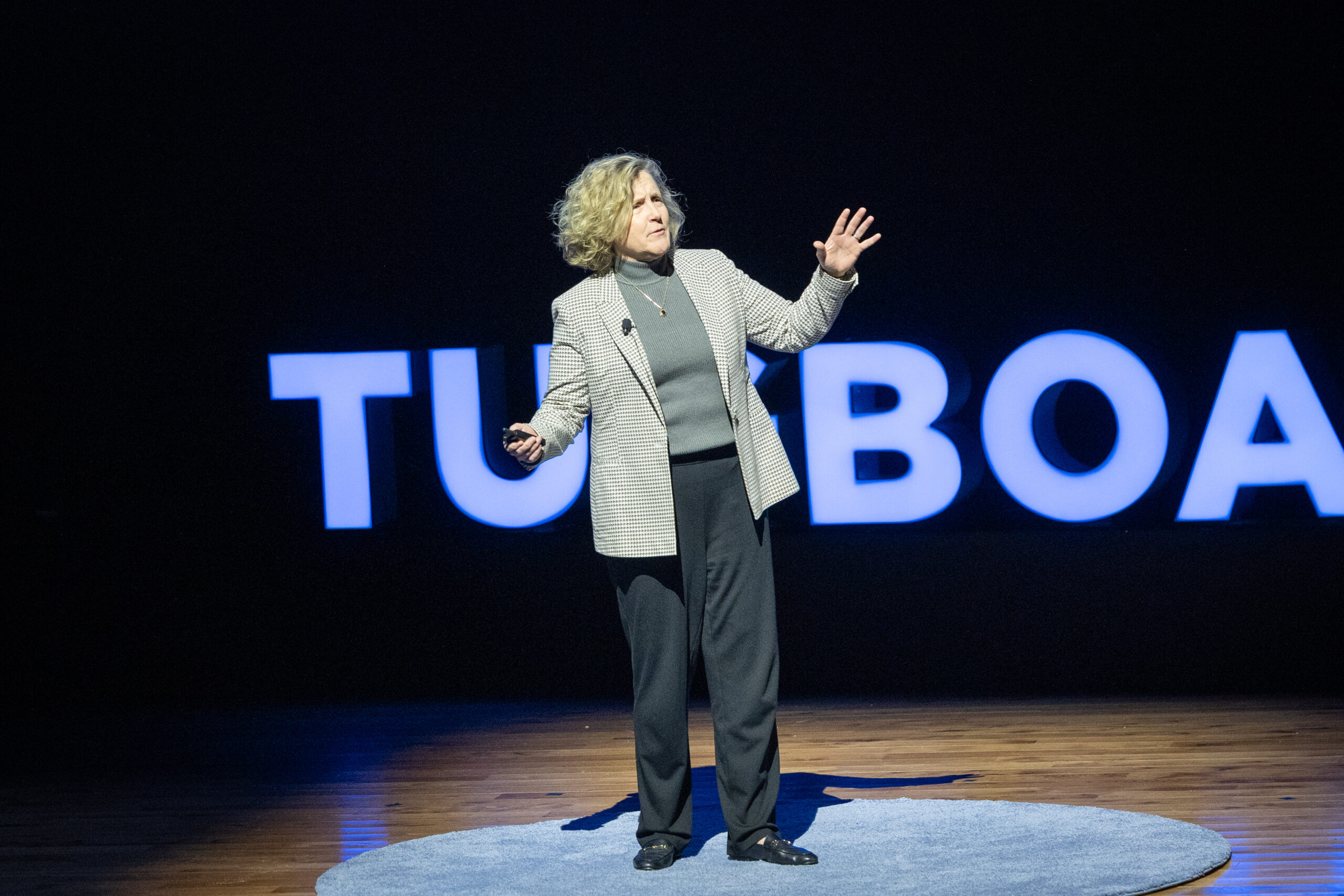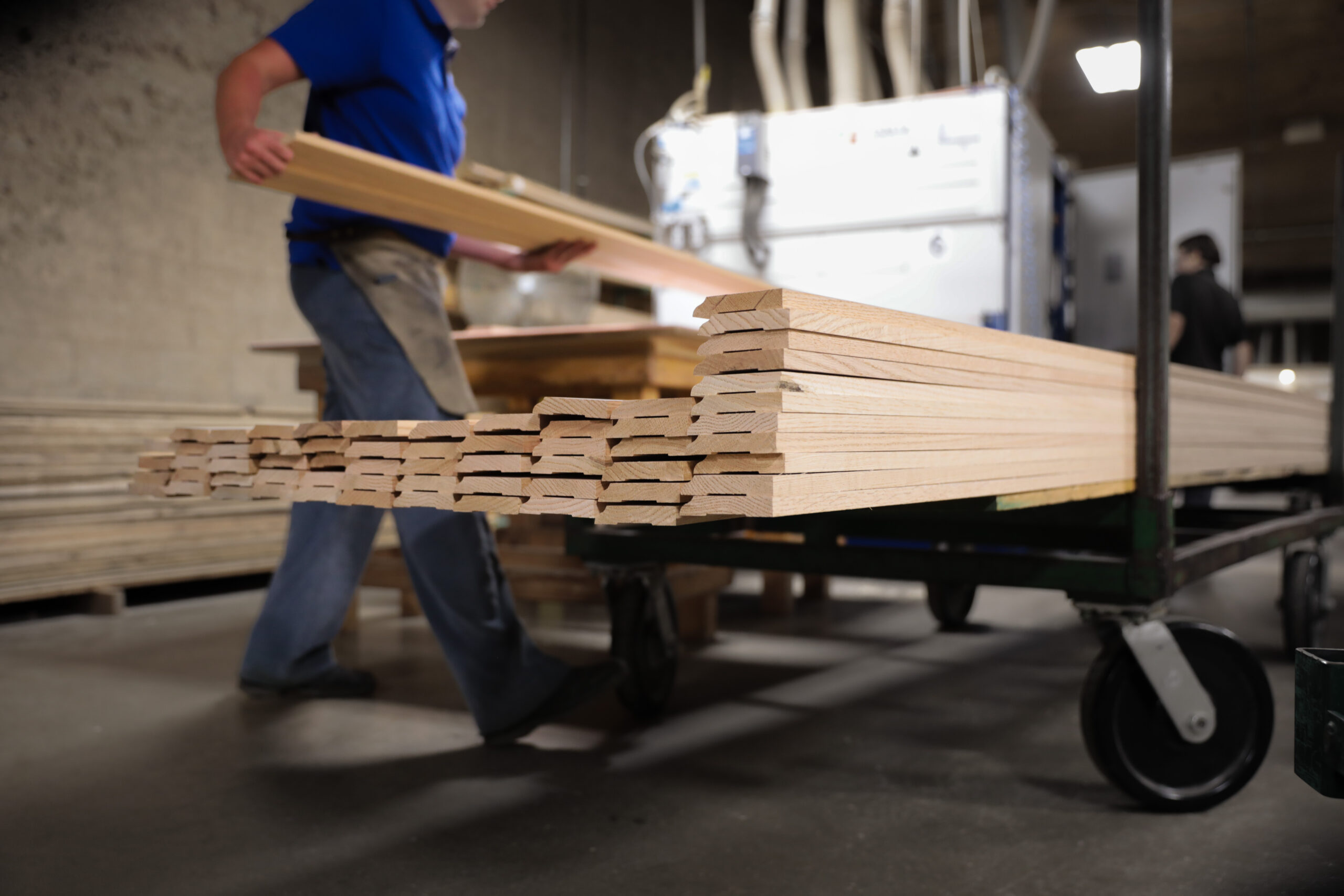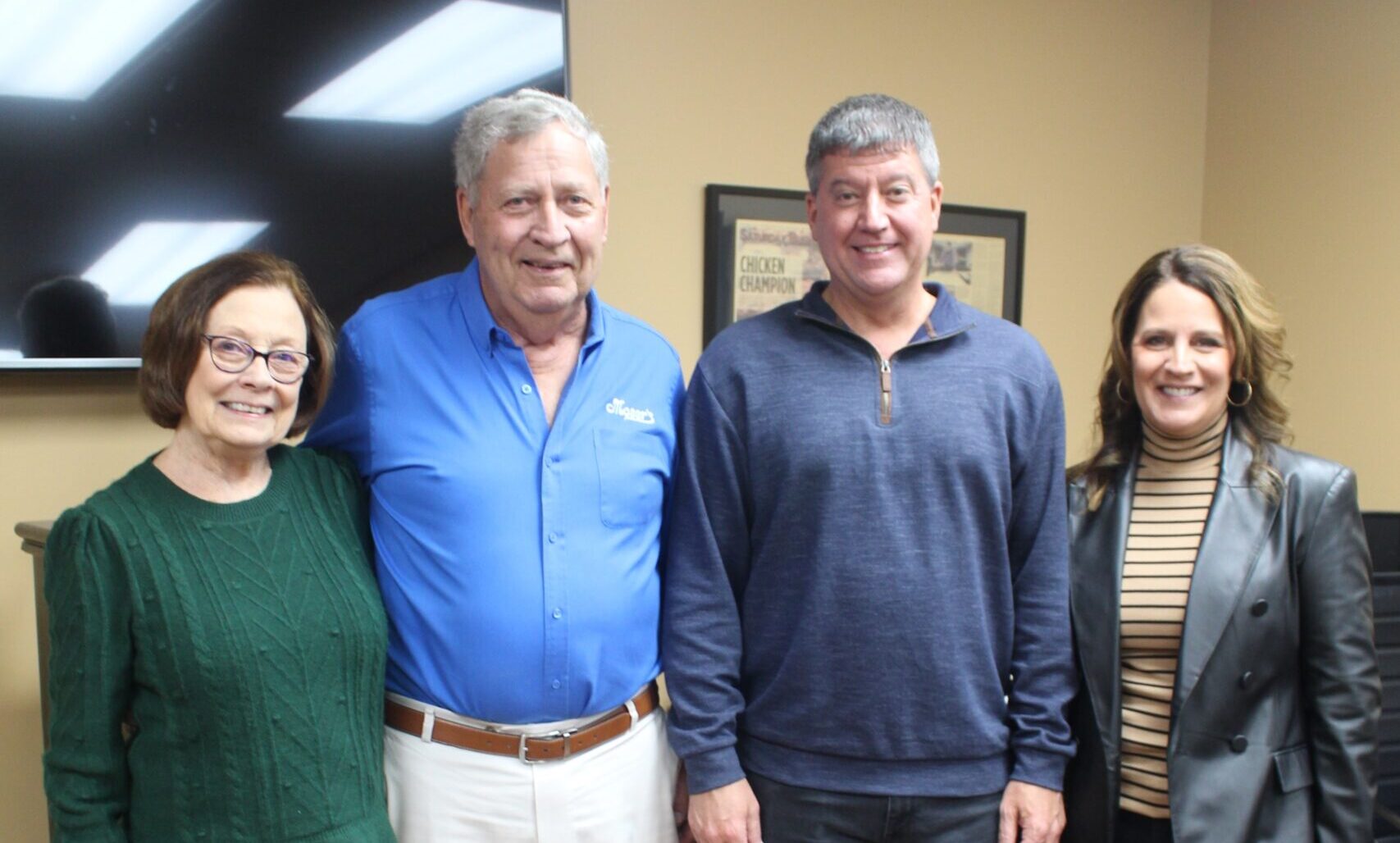

How Innovation Led to an Unforeseen Blockbuster for Cupcake Vineyards
- Brian Vos
- The Wine Group
[A note from Tugboat Institute: In mid-March, we pivoted from our scheduled Evergreen Journal publication calendar to produce COVID-related content to address the challenges and uncertainty of this unique time. This week, we are publishing an article written before the pandemic began because we feel the topic—innovation—is one that is more relevant now than ever. We will continue to publish COVID-related content in the weeks and months ahead, interspersed with general articles and videos that are relevant and timely.]
If you’ve spent time in the wine aisle of your local grocery store recently, you know that consumers have an almost endless array of choices. There are literally thousands of wine brands competing for your attention. We actually joke that the experience of picking a chardonnay is like picking a birthday card for your spouse: You find yourself standing in front of a seemingly unending wall of options, staring at the cards, waiting for something that’s just the right fit to jump out at you. It can be a daunting task.
As a 38- year-old Evergreen® wine producer based in Livermore, California, our company, The Wine Group, has a long history of searching for and developing that magical marketing differentiator that will set our product apart. Like everyone else, we are continually seeking that “lightning in a bottle,” the brand with the magical “it” factor that will drive customers to return again and again to purchase the brand.
Our experience has led us to understand that supporting an entrepreneurial mindset among our team is essential in developing and marketing the brands that have become our biggest stars. The success of one of our best-selling brands speaks to the power of our commitment to fostering innovation throughout our organization.
In 2007, Casey G., a relatively new member of our very small marketing team, proposed an idea for a brand that tapped into what was a huge trend at the time: cupcakes. I would be lying if I said we thought it was a great idea. What did cupcakes have to do with wine?
But we knew that Casey, despite her limited experience, was very tuned into trends and had valuable perspective as an actual member of the target demographic. In her view, the then current craze for cupcakes spoke to consumers’ attraction to the idea of treating yourself to a small indulgence. So, we included the idea in our innovation process, where we regularly review and evaluate a wide range of ideas developed by our team.
As the marketing team further developed the concept, the idea gained traction. The Cupcake brand proposition resonated as people recognized the popularity and broad affinity for cupcakes—everyone has likely enjoyed one at some point in time. The branding was further developed, and the brand Cupcake Vineyards, wines that “pair perfectly with your assorted collection of moments of joy,” was born.
Because there was still a thread of uncertainty about the concept—especially among the more “pragmatic” members of the leadership team, we decided to test Cupcake Chardonnay as a first-to-market item exclusive to Cost Plus World Market in late 2007. At the same time, the leadership team decided to nationally launch what was at that time our “better” idea—Swirling Dervish, a brand you’ve likely never heard of given that it failed quickly and miserably.
Meanwhile, Cupcake Chardonnay became a huge hit at Cost Plus. This success really left us no option but to expand Cupcake out of Cost Plus and into a national launch in 2009.
We sold 300,000 cases in 2009 and over one million cases in 2010. By 2011 we had 14 different wine types in Cupcake and sold 2.4 million cases. Our Cupcake Vineyards New Zealand Sauvignon Blanc became the number one Sauvignon Blanc in the U.S. that year. By 2012, we were 3 million cases, surpassing Kendall-Jackson to become the largest brand above $8 in the U.S. Our Cupcake volume remains about 3 million cases today.
If I could tell you the exact alchemy of ingredients that led to this phenomenal success, we would have five more wines that could boast the same record (and we would never have launched Swirling Dervish). But I’d be lying if I said we knew this was going to work or that we absolutely understood why. What I do know is that the brand would never have existed if we didn’t live our shared values of being “relentlessly entrepreneurial” and innovative—and fostering those values by listening to people who have good ideas, regardless of their station in the organization.
The entire organization supported what we saw as a creative idea. The winemaking team over-delivered on quality, the sales team recognized the momentum and made the brand a priority, and the operations team found ways to supply the brand even as we blew past every projection we made. Everyone went “all in” to support Cupcake.
Today, we continue to embrace the open, supportive culture of innovation that was a factor in Casey’s idea rising to the surface. We want people to be innovative and enterprising in all areas of the company. To this end, we have an intranet site, the Lightbulb, where anybody in the company can share ideas with the marketing department. The ideas from this communal brainstorm are thrown into the mix of ideas that come from more traditional sources like market research and data analytics, giving us a robust pool of ideas to consider as we look at new product innovation.
We believe one of the reasons our process is effective is our commitment to remaining open and receptive to new and different ideas, not allowing executive-level perceptions and traditional brand thinking to stifle innovation. Rather, we trust the people and the process that brought the ideas forward and then focus on efficient execution. Once committed to a project, we aim to get a very quick read on the potential for success—and to be quick to admit when it doesn’t work. In the case of Cupcake, my predecessor had the wisdom to see the early response at Cost Plus and understand the potential for national distribution—and he let the organization run with it.
Now, the downside to this focus on efficiency is that sometimes we haven’t shown the patience we need; but, the upside is that we try a lot of things, and we don’t waste time and resources when we see early indicators that it’s not a win.
As an Evergreen company, we understand that continuous innovation like this is critical to our long-term vision. The Wine Group is management-owned, and we view ourselves as stewards of this organization. Our goal is to leave the place better than we found it, and that commitment requires continually infusing the company with new ideas and opportunities for growth. This extended horizon is shared across the business, so that at every level, team members are asking, “what is the right thing to do for the long-term?” This mentality is embedded into our culture.
Cupcake Vineyards continues to be a core brand equity for The Wine Group. The lessons we learned from Cupcake’s unlikely success continue to pay dividends. We continue to encourage innovation from all areas, and we’ve been able to successfully develop new brands like Chloe and Imagery from the same commitment to being relentlessly entrepreneurial and listening to ideas from everyone.
Brian Vos is CEO of The Wine Group.
More Articles and Videos

Both/And Thinking: Harnessing the Positive Potential of Tensions
- Marianne Lewis
- Carl L. Linder College of Business, University of Cincinnati

Leading Through Uncertainty – Tugboat Institute® Summit 2025
- Jackie Hawkins
- Tugboat Institute

Get Evergreen insight and wisdom delivered to your inbox every week
By signing up, you understand and agree that we will store, process and manage your personal information according to our Privacy Policy




